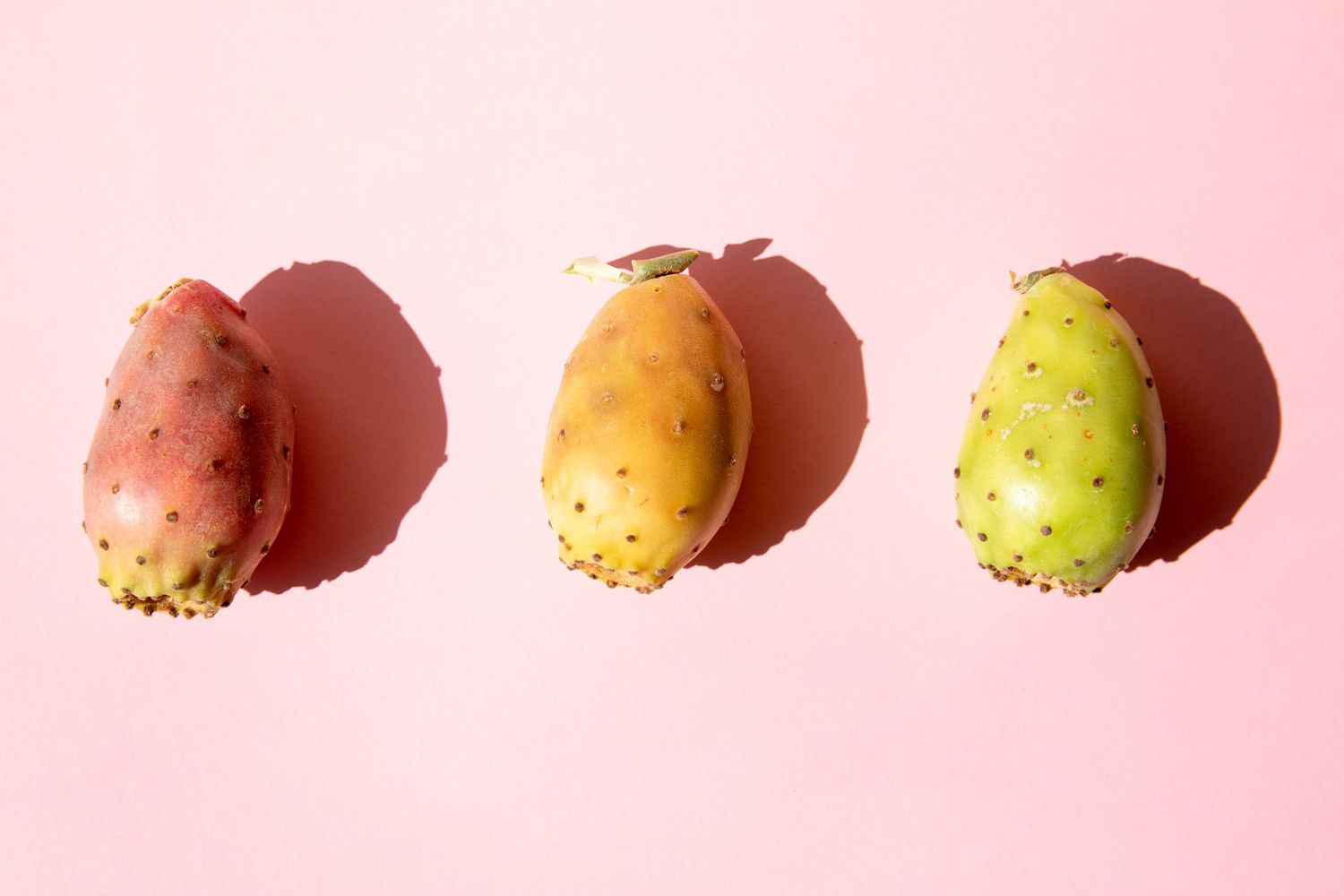

Articles
How To Store Prickly Pear
Modified: February 27, 2024
Learn how to properly store prickly pear fruit with these helpful articles. Discover the best methods for preserving the flavor and freshness of prickly pears.
(Many of the links in this article redirect to a specific reviewed product. Your purchase of these products through affiliate links helps to generate commission for Storables.com, at no extra cost. Learn more)
Introduction
Prickly pears, also known as cactus fruits, are a delicious and nutritious fruit that is packed with antioxidants, vitamins, and minerals. These vibrant fruits have a unique flavor that is both sweet and tangy, making them a popular ingredient in various culinary dishes and beverages.
Whether you’ve recently harvested a batch of fresh prickly pears or you’ve purchased them from a local market, it’s crucial to know how to store them properly to ensure their longevity and freshness. In this article, we will guide you through the process of storing prickly pears so that you can enjoy their delightful taste and nutritional benefits for an extended period.
Before we dive into the storage techniques, it’s important to understand that prickly pears have a short shelf life, mainly due to their delicate nature. However, with the right approach, you can maximize their shelf life and savor their unique flavor for longer. So, let’s begin by exploring how to select the best prickly pears for storage.
Key Takeaways:
- Properly storing prickly pears, whether whole, juiced, frozen, or dehydrated, ensures extended freshness and flavor. From selection to handling and storage methods, maximize the delightful taste and nutritional benefits of these unique fruits.
- Handling prickly pears with care, inspecting for freshness, and using appropriate packaging are crucial for successful storage. Experiment with recipes and enjoy the versatile flavors and health benefits of prickly pears year-round.
Read more: How To Germinate A Prickly Pear Cactus
Selecting the Prickly Pears
When it comes to selecting prickly pears for storage, there are a few key factors to consider. These factors will help you choose fruits that are ripe, flavorful, and have a longer shelf life. Here are some tips to keep in mind:
- Look for vibrant colors: Choose prickly pears that have bright and vibrant skin color. Ripe prickly pears usually have a rich red, purple, or yellow hue, depending on the variety. Avoid fruits that have dull or discolored skin.
- Check for firmness: Gently press the prickly pears with your fingertips. Ripe fruits should have a slight give, similar to a ripe avocado. Avoid prickly pears that feel too soft or mushy, as they may be overripe.
- Inspect the skin: Examine the skin of the prickly pear for any signs of wrinkles, bruising, or blemishes. Choose fruits with smooth and unblemished skin, as they tend to have a longer shelf life.
- Consider the size: Prickly pears come in various sizes, and the size does not necessarily indicate ripeness. However, if you’re planning to store the fruits for a longer period, it’s advisable to choose larger prickly pears, as they tend to have more flesh and moisture content.
- Smell the fruit: Gently lift the stem end of the prickly pear and take a sniff. Ripe prickly pears should have a sweet and fragrant aroma. If the fruit has a strong, unpleasant odor, it may be overripe or spoiled.
By following these guidelines, you can select the best prickly pears for storage. Remember, the quality of the fruits at the time of purchase greatly impacts their shelf life and overall taste. So, take your time and choose carefully to ensure a delightful culinary experience with your prickly pears.
Cleaning the Prickly Pears
Before storing prickly pears, it is important to clean them properly. Prickly pears have small spines, also known as glochids, that can cause irritation if they come into contact with your skin. Follow these steps to clean prickly pears effectively:
- Start by wearing a pair of gloves to protect your hands from the spines. If you don’t have gloves, you can wrap the prickly pears in a clean kitchen towel to handle them.
- Hold the prickly pear firmly with one hand and use a sharp knife to remove both ends of the fruit. Make a shallow cut just enough to remove the stem and the opposite end.
- Next, make a lengthwise incision along the skin of the prickly pear. Be careful not to cut too deep into the flesh, as you want to remove the skin without losing too much fruit.
- Gently peel off the skin from the prickly pear using your fingers or a paring knife. The spines and glochids should come off with the skin.
- Once the prickly pear is completely peeled, rinse it under cold water to remove any remaining spines or debris.
After cleaning, the prickly pear is ready for storage or further processing. It is important to note that the spines of the prickly pears can be quite challenging to remove completely. Therefore, it’s always best to exercise caution and wear protective gloves or use a kitchen towel while handling these fruits.
Now that you know how to clean prickly pears effectively, let’s move on to the next step: removing the prickles.
Removing the Prickles
Prickly pears, as the name suggests, are covered in prickles or tiny thorns that need to be removed before storage. These prickles can cause discomfort and irritation if they come into contact with your skin. Follow these steps to remove the prickles from prickly pears:
- Put on a pair of gloves to protect your hands from the prickles. You can also use tongs or a towel to hold the prickly pears if you don’t have gloves.
- Using a pair of kitchen tongs, hold the prickly pear firmly and carefully singe the entire fruit over a gas flame or an electric burner. Rotate the fruit gently to ensure all sides are exposed to the heat.
- The heat will cause the prickles to burn off, making them easier to remove. Be careful when holding the prickly pear near the flame, and do not leave it unattended. Singe the fruit for about 30 seconds to a minute, or until you notice the prickles turning black.
- Once singed, place the prickly pear on a cutting board and use a pair of tongs or tweezers to carefully remove any remaining prickles. Be thorough and inspect the fruit from all angles to ensure that no prickles are left behind.
- Rinse the prickly pear under cold water to wash away any residue or burnt prickles.
By following these steps, you can effectively remove the prickles from prickly pears, making them safe to handle and consume. Removing the prickles not only ensures a pleasant eating experience but also minimizes the risk of injury when storing or using the fruits in recipes.
Now that the prickly pears are cleaned and free from prickles, we can move on to the different methods of storing them for long-term use.
Storing Whole Prickly Pears
If you prefer to store prickly pears in their whole form, there are a few methods you can use to extend their shelf life. Here are some options for storing whole prickly pears:
- Refrigerator storage: Place the whole prickly pears in a plastic or paper bag and seal it. Store them in the refrigerator’s crisper drawer, where the temperature is slightly cooler and humidity is higher. Whole prickly pears can typically be stored in the refrigerator for up to a week.
- Root cellar storage: If you have a root cellar or a cool, dark, and well-ventilated space, you can store whole prickly pears there. Place them loosely in a basket or crate, ensuring good airflow. The ideal temperature for root cellar storage is around 45 to 55 degrees Fahrenheit (7 to 13 degrees Celsius).
- Dry storage: If you live in a dry climate, you can store whole prickly pears in a cool and dry place. This method is best suited for short-term storage, as the fruits may dehydrate and shrivel over time.
When storing whole prickly pears, it’s essential to regularly check on them for any signs of spoilage, such as mold or mushiness. If you notice any damaged or rotting fruits, remove them promptly to prevent them from affecting the surrounding fruits.
It’s important to note that prickly pears have a relatively short shelf life, even when stored properly. Therefore, it’s advisable to consume them as soon as possible for the best flavor and quality.
Now that you know how to store whole prickly pears, let’s explore the next method: storing prickly pear juice.
Store prickly pears in the refrigerator for up to 2 weeks. Place them in a paper bag to absorb excess moisture and prevent mold growth.
Read more: How To Store Cut Pears
Storing Prickly Pear Juice
If you have extracted prickly pear juice and want to store it for future use, there are a few methods you can try to keep the juice fresh and flavorful. Here are some options for storing prickly pear juice:
- Refrigerator storage: Pour the freshly extracted prickly pear juice into a clean and airtight container. Seal the container tightly and place it in the refrigerator. Prickly pear juice can typically be stored in the refrigerator for up to 5-7 days. Ensure that the container is not exposed to direct sunlight, as it can affect the quality of the juice.
- Freezing storage: If you want to store prickly pear juice for a longer duration, freezing is a great option. Pour the juice into ice cube trays or freezer-safe containers, leaving some space at the top for expansion. Seal the trays or containers tightly and place them in the freezer. Prickly pear juice can be frozen for up to 6 months. When ready to use, thaw the juice in the refrigerator overnight.
- Canning storage: Another method to store prickly pear juice is by canning it. Follow proper canning procedures and sterilize the canning jars before pouring the juice into them. Seal the jars tightly and process them in a water bath or pressure canner according to the recommended times for fruit juice canning. Canned prickly pear juice can typically be stored for up to a year or more in a cool, dark place.
When storing prickly pear juice, it’s important to label the containers with the date to keep track of their freshness. Additionally, always inspect the juice before using them. If you notice any signs of spoilage, such as discoloration, off-putting odor, or unusual texture, discard the juice immediately.
Remember, the flavor and quality of prickly pear juice may degrade over time, so it’s best to consume it as soon as possible after extraction for the most vibrant taste.
Now that you have learned how to store prickly pear juice let’s move on to another storage method: freezing prickly pears.
Freezing Prickly Pears
Freezing prickly pears is an excellent way to preserve their freshness and flavor for an extended period. The freezing process helps to retain the vibrant color, nutrients, and taste of the fruit. Here’s how you can freeze prickly pears:
- Start by washing the prickly pears under running water to remove any dirt or debris from the skin.
- Using a sharp kitchen knife, carefully remove both ends of the prickly pears.
- Make a lengthwise incision along the skin of each prickly pear, being careful not to cut too deep into the flesh.
- Using your fingers or a spoon, gently peel off the skin from the prickly pears.
- Once the prickly pears are peeled, chop them into desired shapes or slices.
- Spread the chopped prickly pears in a single layer on a baking sheet lined with parchment paper. This prevents them from sticking together during freezing.
- Place the baking sheet in the freezer and freeze the prickly pears for about 2-3 hours or until they are firm.
- Once the prickly pears are fully frozen, transfer them into freezer-safe bags or airtight containers. Label the bags or containers with the date and contents.
- Remove any excess air from the bags or containers, seal them tightly, and place them back in the freezer.
Frozen prickly pears can be stored in the freezer for up to 6 months. When you’re ready to use them, simply take out the desired amount from the freezer and thaw them in the refrigerator overnight. Thawed prickly pears can be enjoyed as a refreshing snack, added to smoothies, used in desserts, or incorporated into various recipes.
It’s important to note that the texture of frozen prickly pears may change slightly after thawing, becoming slightly softer. However, the flavor and nutritional content will remain intact, allowing you to savor the unique taste and health benefits of prickly pears even after freezing.
Now that you know how to freeze prickly pears, let’s explore another storage method: dehydrating prickly pears.
Dehydrating Prickly Pears
Dehydrating prickly pears is a popular preservation method that allows you to enjoy their unique flavor and nutritional benefits even when they’re out of season. Dehydrated prickly pears can be used in a variety of ways, including snacking, baking, or adding them to trail mixes. Here’s how you can dehydrate prickly pears:
- Start by washing the prickly pears under running water to remove any dirt or debris.
- Using a sharp knife, carefully remove both ends of the prickly pears.
- Make a lengthwise incision along the skin of each prickly pear, being cautious not to cut too deep into the flesh.
- Gently peel off the skin from the prickly pears using your fingers or a spoon.
- Once the prickly pears are peeled, slice them into thin, even slices. Aim for slices that are about ¼ inch thick.
- Arrange the prickly pear slices in a single layer on dehydrator trays, making sure they are not overlapping.
- Set the dehydrator temperature between 135 to 145 degrees Fahrenheit (57 to 63 degrees Celsius).
- Allow the prickly pear slices to dehydrate for approximately 8 to 12 hours, or until they are completely dry and have a leathery texture. The exact drying time may vary depending on the thickness of the slices and the humidity levels in your environment.
- Once dehydrated, remove the prickly pear slices from the dehydrator and let them cool completely.
- Store the cooled prickly pear slices in an airtight container or resealable bags. It’s important to use moisture-proof packaging to prevent moisture from re-entering the dried fruit.
Dehydrated prickly pears can be stored at room temperature in a cool, dry place for several months. They can be enjoyed as a healthy and flavorful snack, rehydrated in water or juice, or used in various recipes such as trail mixes, baked goods, or added to salads for an extra burst of sweetness and texture.
Remember to periodically check the dehydrated prickly pears for any signs of moisture, mold, or spoilage. If you notice any of these signs, discard the affected slices immediately to prevent them from spoiling the rest of the batch.
Now that you know how to dehydrate prickly pears, let’s move on to some final tips for prickly pear storage.
Final Tips for Prickly Pear Storage
To ensure optimal storage and satisfaction when it comes to prickly pears, here are some final tips to keep in mind:
- Handle with care: Prickly pears have tiny spines and glochids on their surface, which can cause irritation. Always wear gloves or use a kitchen towel when handling prickly pears to protect your skin.
- Inspect for freshness: Before storing prickly pears, carefully look for any signs of damage, rot, or mold. Discard any fruits that appear spoiled to prevent them from affecting the quality of the others.
- Avoid excessive moisture: Prickly pears are moisture-sensitive and can spoil quickly in a humid environment. Store them in a cool and dry place to extend their shelf life.
- Label and date: Whether you’re storing whole prickly pears, prickly pear juice, or dehydrated slices, always label the containers with the contents and the date of storage. This will help you keep track of their freshness and usage.
- Use proper packaging: When storing prickly pears, use appropriate packaging such as airtight containers or freezer-safe bags. This helps to keep out air, moisture, and potential contaminants, ensuring the fruits or products stay fresh for longer.
- Rotate your stock: If you have a large batch of prickly pears, make sure to use the older ones first to prevent any fruits from going to waste. FIFO (First In, First Out) practice ensures you consume the fruits in the order they were stored.
- Experiment with recipes: Prickly pears are incredibly versatile and can be used in a variety of recipes. Get creative and explore different dishes, desserts, and beverages to make the most of your stored prickly pears.
By following these tips, you can extend the shelf life of prickly pears and enjoy their unique flavor and nutritional benefits for an extended period. Whether you’re storing whole prickly pears, prickly pear juice, or dehydrated slices, proper storage techniques and handling will help you make the most out of these exquisite fruits.
Now that you’re equipped with the knowledge of how to store prickly pears, you can confidently embark on storing and enjoying these delightful fruits throughout the year.
Happy prickly pear storage!
Please note: The information provided in this article is for informational purposes only and should not be considered as professional advice. Always consult with a qualified expert or professional before attempting any storage methods.
Read more: How To Store Bartlett Pears
Conclusion
Storing prickly pears properly is essential to preserve their freshness, flavor, and nutritional benefits. Whether you choose to store them in their whole form, as juice, or after freezing or dehydrating, following the right methods will ensure that you can enjoy the unique taste and health benefits of prickly pears long after their harvest season.
From selecting the best prickly pears to cleaning and removing the prickles, we explored various steps to prepare the fruits for storage. Whether you opt for refrigerator storage, root cellar storage, dry storage, or freezing and dehydrating, each method has its own advantages and considerations.
Refrigerator storage allows for short-term storage of both whole prickly pears and prickly pear juice, while root cellars or cool, dark spaces provide a longer shelf life. Freezing prickly pears preserves their texture and taste for up to 6 months, while dehydrating them offers a longer shelf life and versatile usage options.
Throughout the storage process, it’s important to handle prickly pears with care, inspect for freshness, label containers, and use appropriate packaging to ensure maximum freshness and prevent spoilage.
As you embark on your prickly pear storage journey, remember to experiment with various recipes and enjoy the unique flavors and health benefits these fruits offer. Whether it’s in desserts, smoothies, salads, or as a nutritious snack, prickly pears can add a delightful touch to your culinary creations.
By following the guidelines and tips provided in this article, you’re equipped with the knowledge to store prickly pears successfully and make the most out of their delightful taste and nutritional value.
So, embrace the vibrant and tangy goodness of prickly pears year-round, and enjoy the benefits of these remarkable fruits in your dishes and beverages.
Disclaimer: The information presented in this article is for informational purposes only and should not be deemed as professional advice. Consult with a qualified expert or professional for specific guidance and recommendations.
Frequently Asked Questions about How To Store Prickly Pear
Was this page helpful?
At Storables.com, we guarantee accurate and reliable information. Our content, validated by Expert Board Contributors, is crafted following stringent Editorial Policies. We're committed to providing you with well-researched, expert-backed insights for all your informational needs.
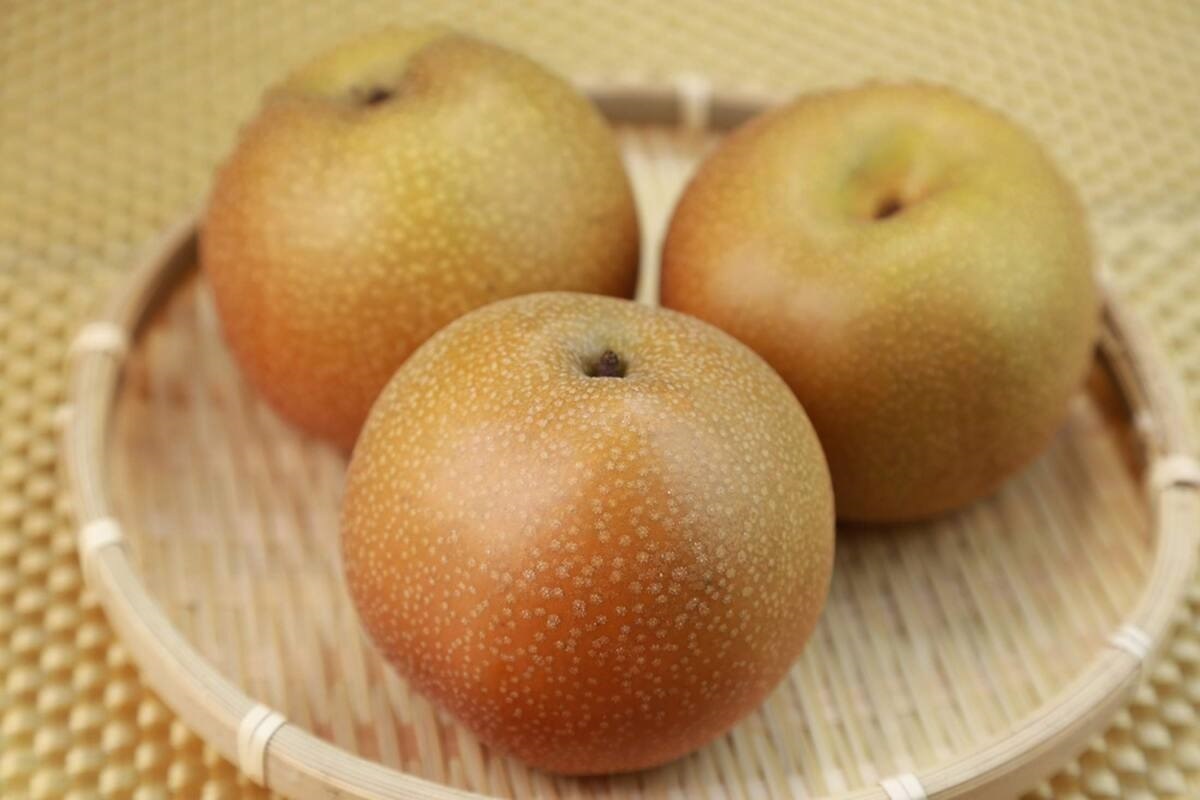
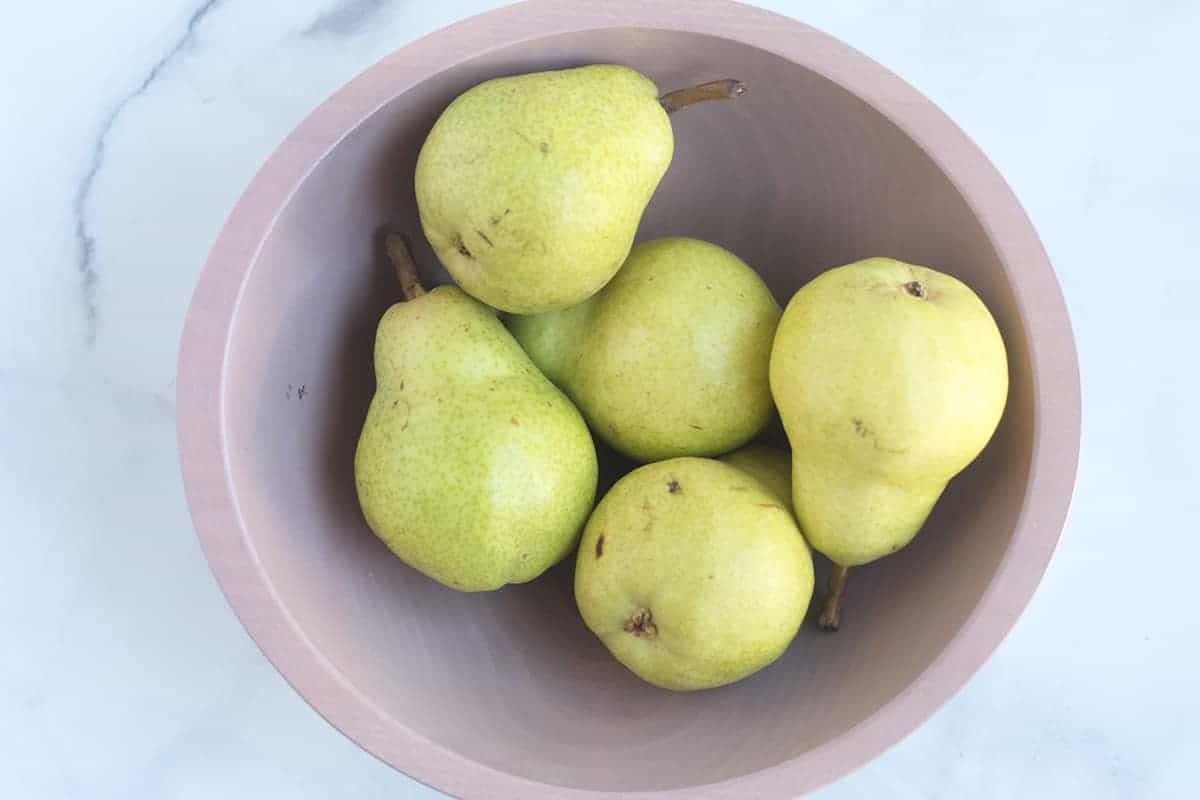
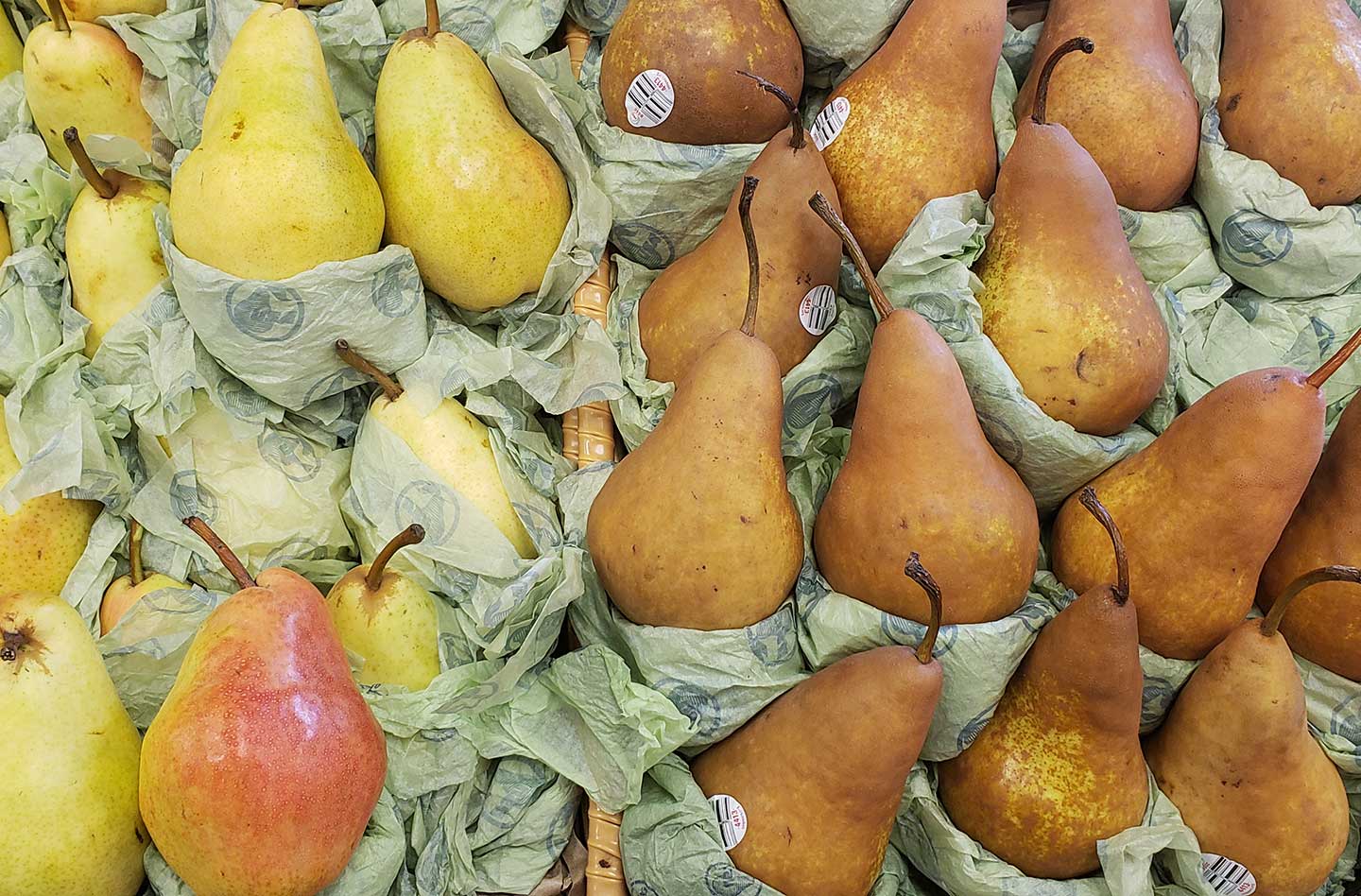
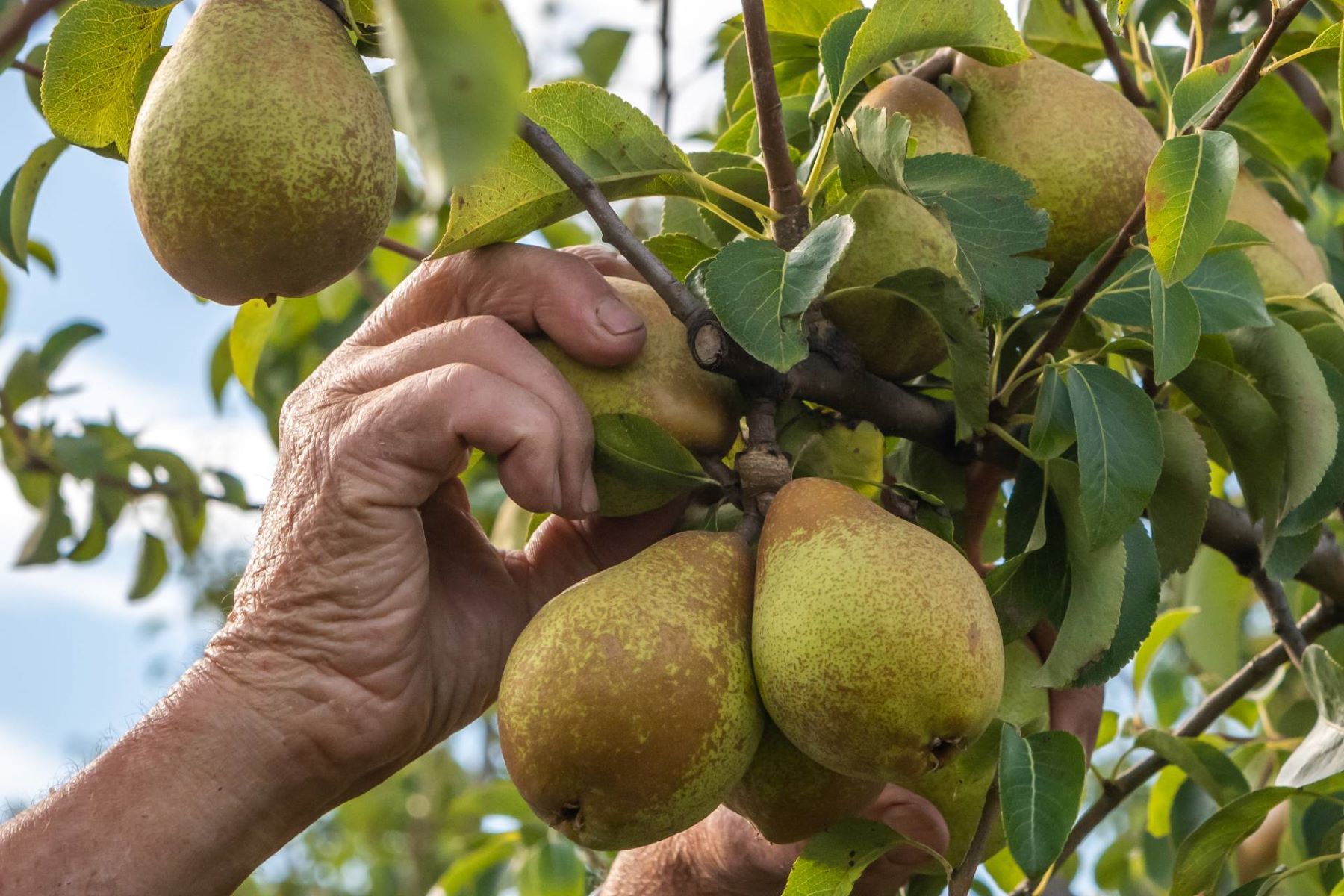
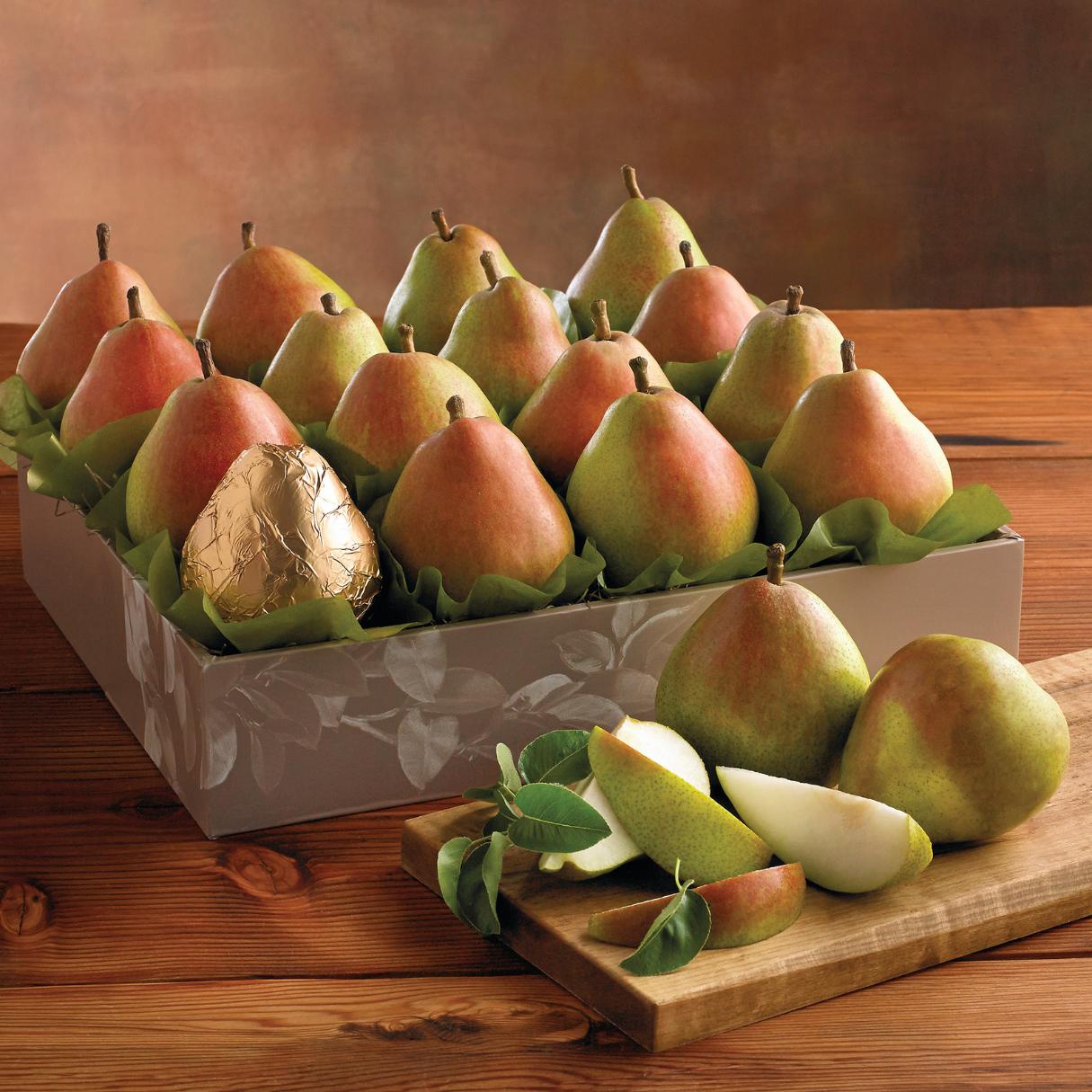
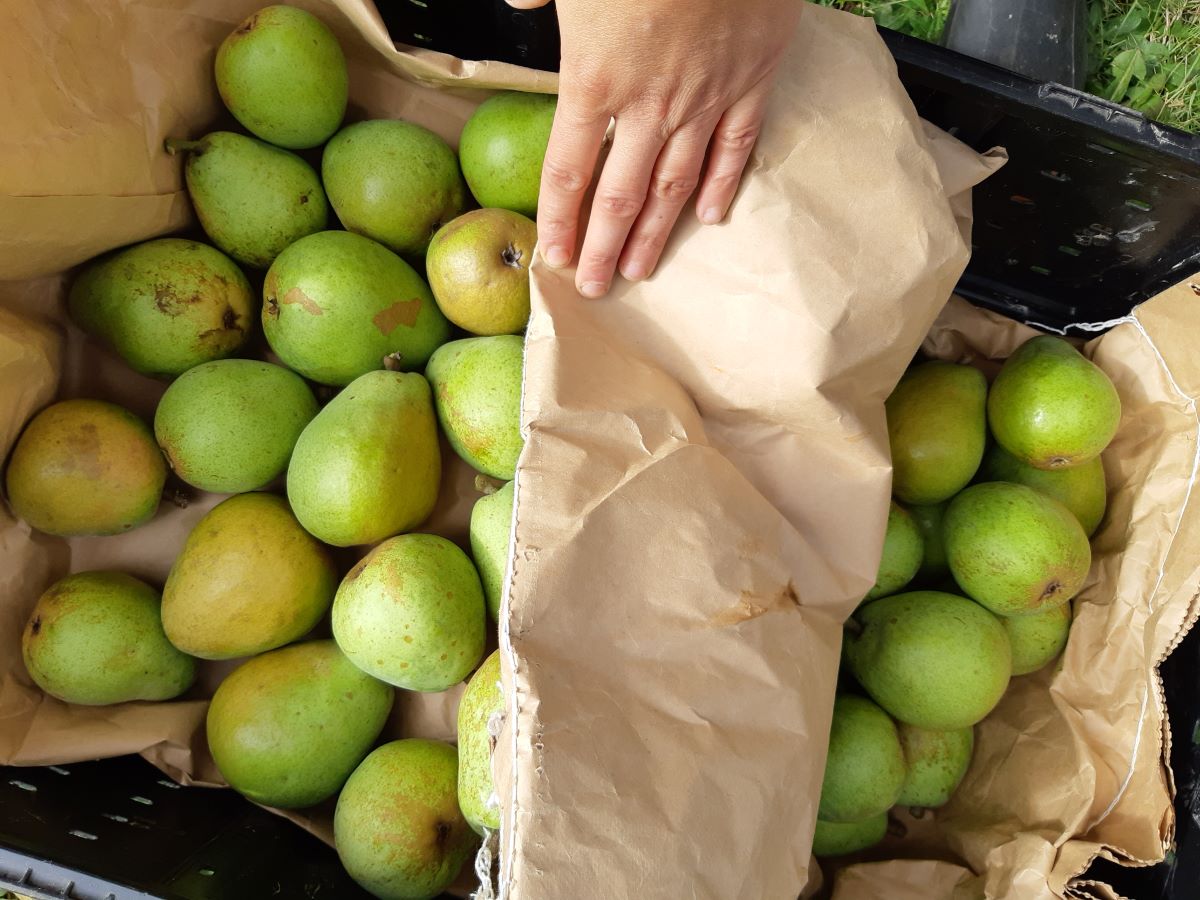
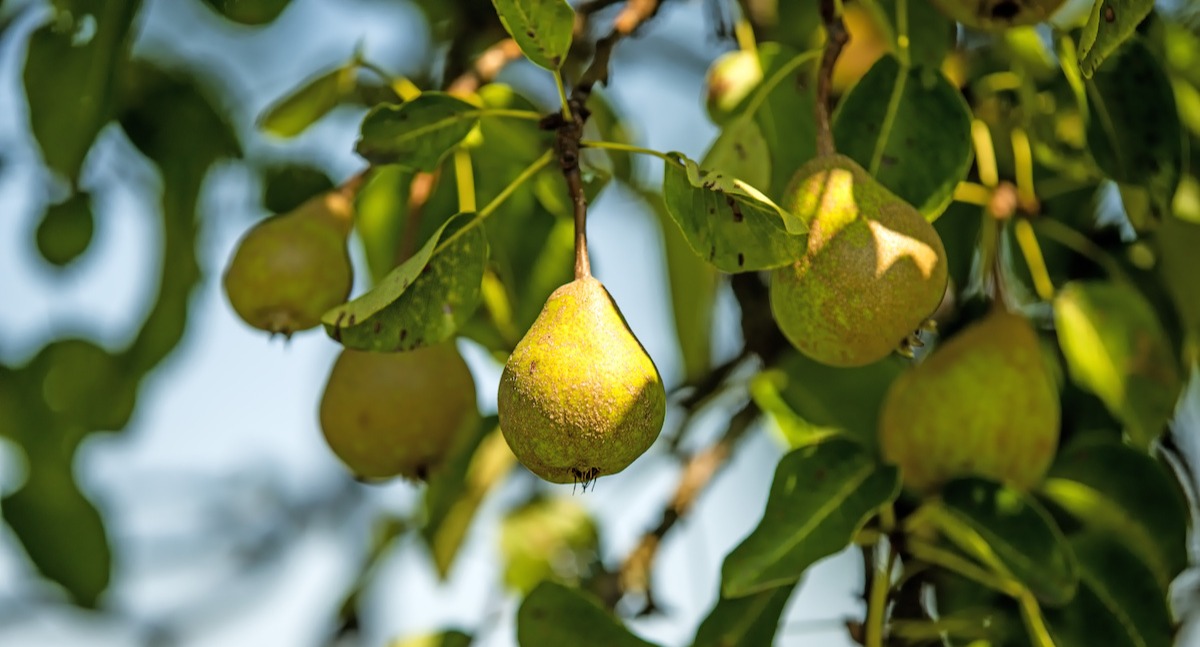
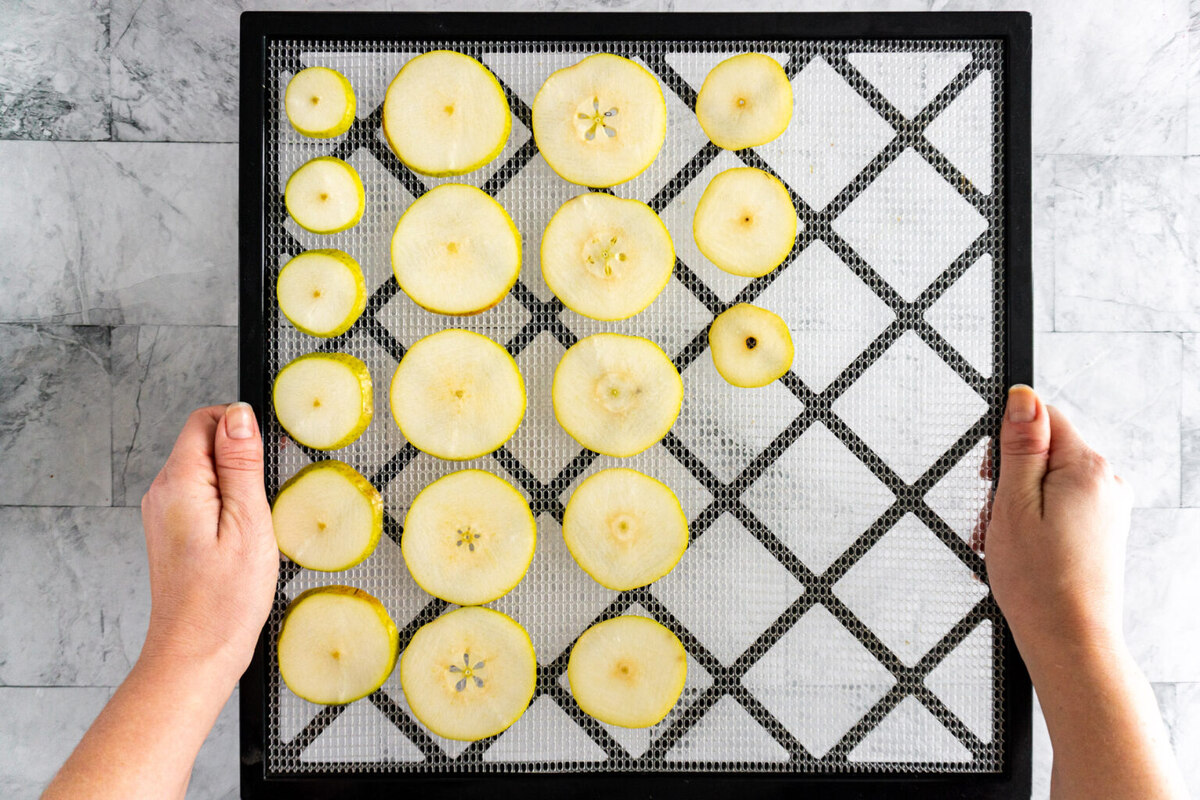
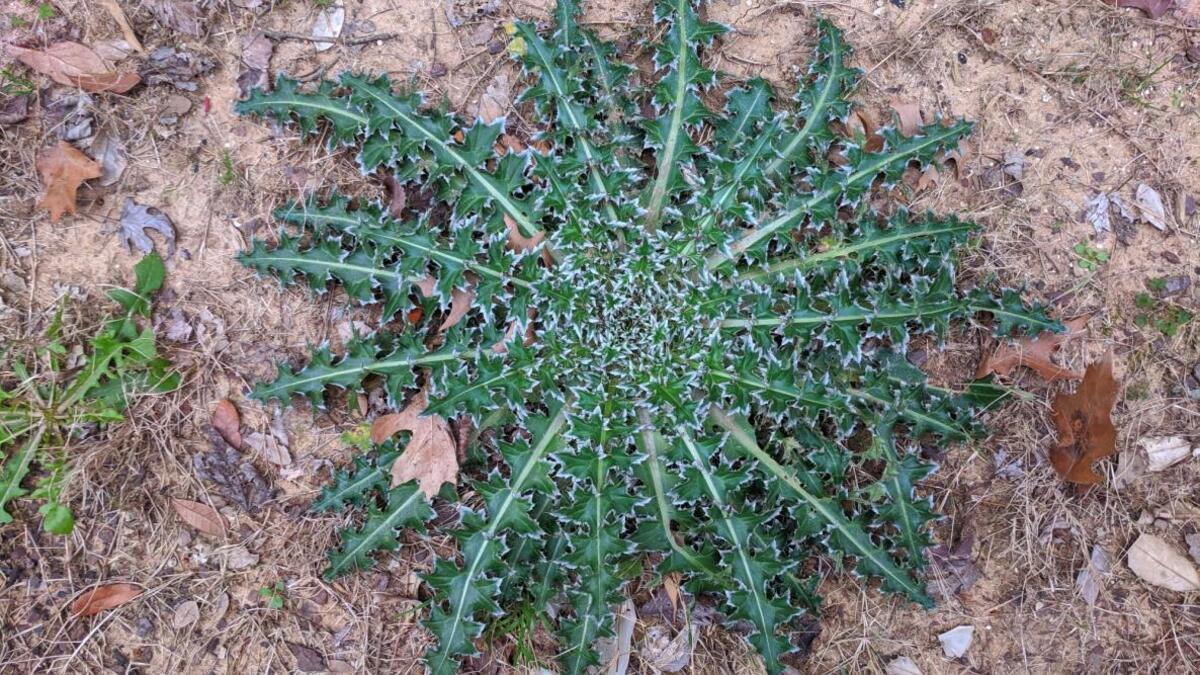

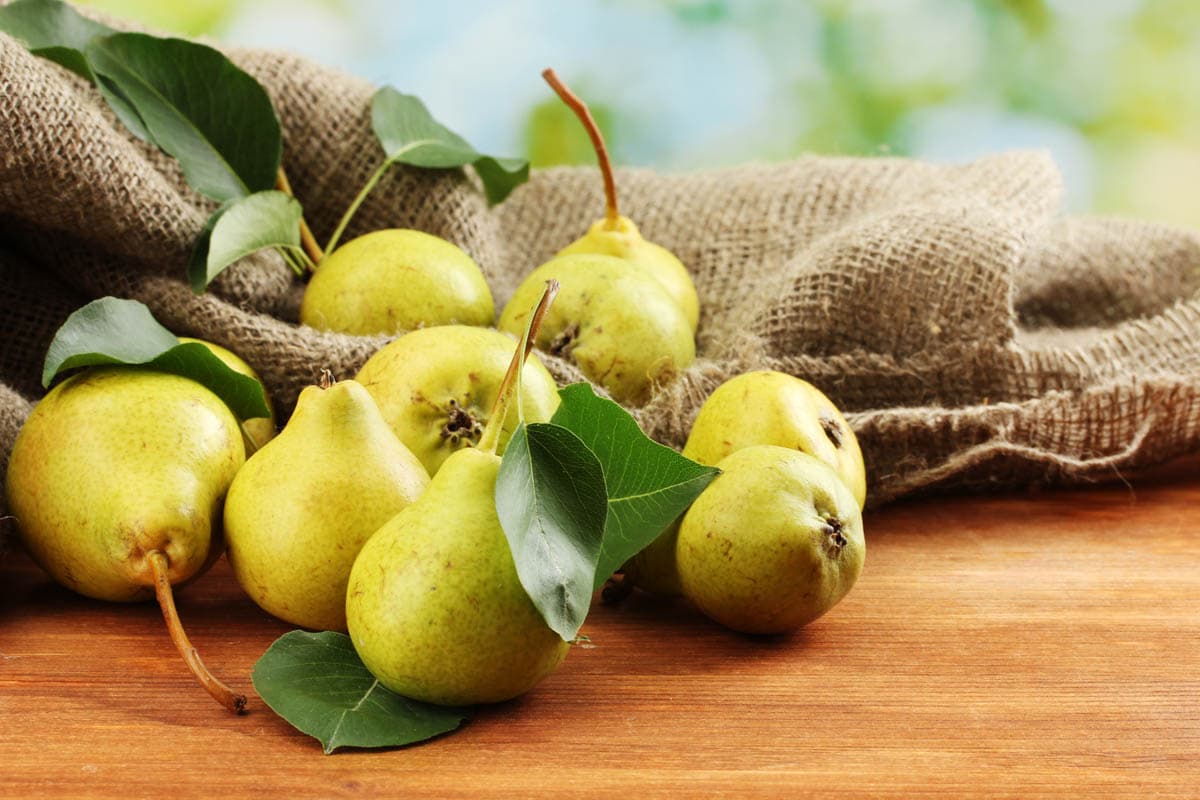



0 thoughts on “How To Store Prickly Pear”